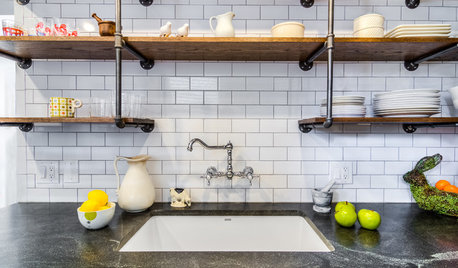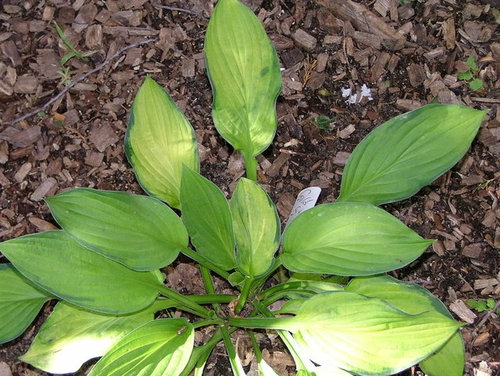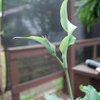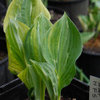Something wrong with my Gold Standard??
rubybaby43
15 years ago
Related Stories

REMODELING GUIDESWhy Marble Might Be Wrong for Your Bathroom
You love its beauty and instant high-quality appeal, but bathroom marble has its drawbacks. Here's what to know before you buy
Full Story
KITCHEN DESIGNNew This Week: 3 Modern Kitchens With Something Special
Looking to make your kitchen feel unique? Look to these spaces for inspiration for tile, style and more
Full Story
LIFEYou Said It: ‘Lower Your Standards’ and Other Quotables
Advice, tips and other comments that struck a chord in the run-up to the holidays
Full Story
DECORATING GUIDESA Glimmer of Gold Leaf Will Make Your Room Shine
Make a unique, unexpected statement in any space with this precious metallic finish
Full Story
BATHROOM MAKEOVERSRoom of the Day: Gold Gives This Bathroom a Warm Glow
The metallic finish combines with subway tile and a gray floor in a streamlined space
Full Story
COLORBathed in Color: Favorite Yellows and Golds for the Bath
Get a golden glow for your bathroom with these expert paint picks and ideas for yellow walls
Full Story
COLORColor Guide: How to Work With Gold
It's OK to be a gold digger — this timeless color adds a rich glow to walls, furnishings and home decor that anyone would covet
Full Story
REMODELING GUIDESKey Measurements for a Heavenly Stairway
Learn what heights, widths and configurations make stairs the most functional and comfortable to use
Full Story
DECORATING GUIDESHow to Commission Custom Upholstered Furniture
Learn the questions to ask, the details to discuss and the easiest thing to get wrong on a custom piece
Full StorySponsored









jbranch
hosta_freak
Related Discussions
Paul's Glory vs Gold Standard
Q
Gold Standard problem?
Q
somethings wrong with my granite countertops
Q
Is there something wrong with my potatoes?
Q
esther_opal
rubybaby43Original Author
jbranch
rubybaby43Original Author
iowa_flower_nut
rubybaby43Original Author
jbranch
jbranch
iowa_flower_nut
Pieter zone 7/8 B.C.
ken_adrian Adrian MI cold Z5
tracyvine
dhaven
lindac
rubybaby43Original Author
tracyvine
loisflan
brucebanyaihsta
hosta_freak
rubybaby43Original Author
loisflan
jbranch
rubybaby43Original Author
rubybaby43Original Author
creatingadream
greenthumbz4mn
tracyvine
rubybaby43Original Author
rubybaby43Original Author
loisflan
rubybaby43Original Author
Pieter zone 7/8 B.C.
just1morehosta
hosta_freak
just1morehosta
greenthumbz4mn
raye
tracyvine
hosta_freak
sassy7142